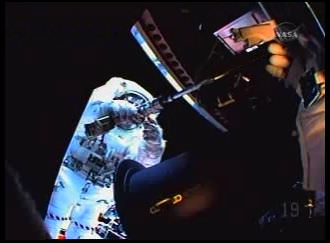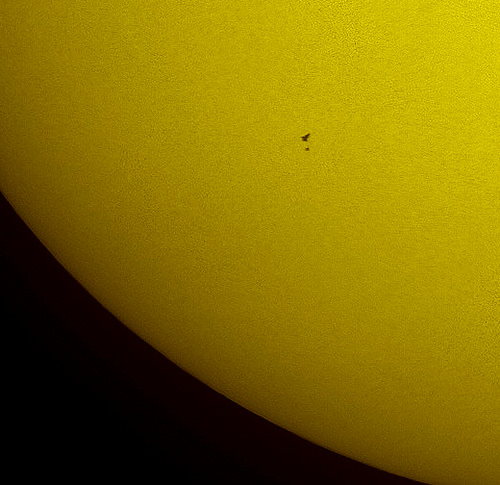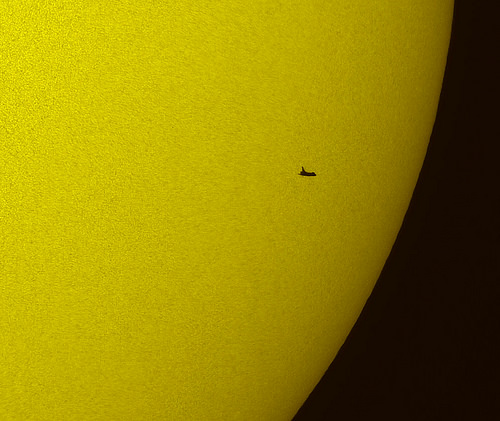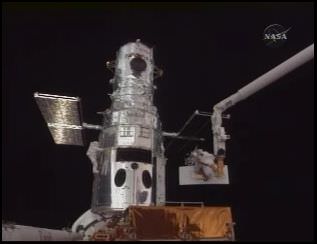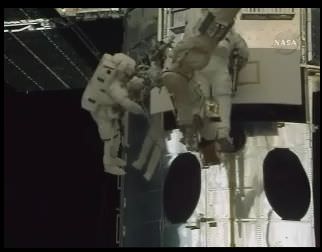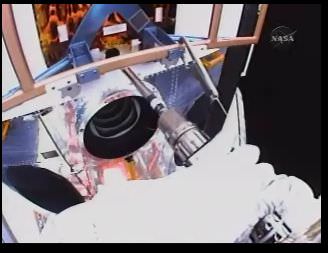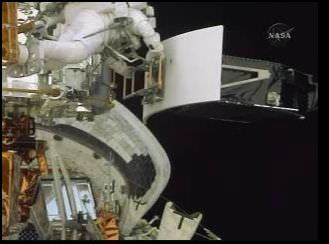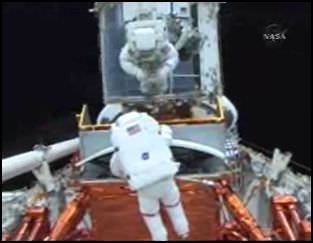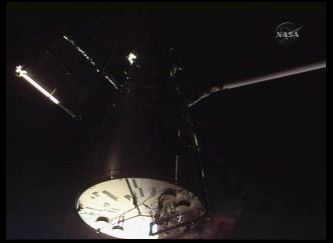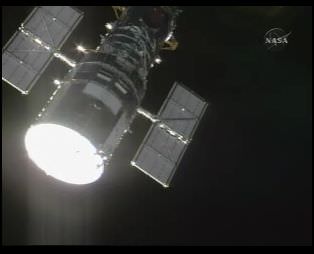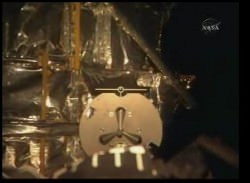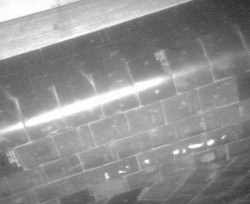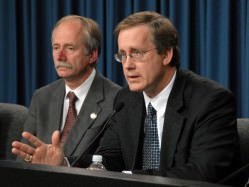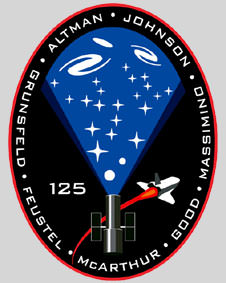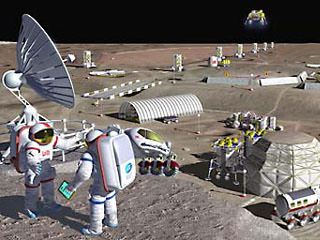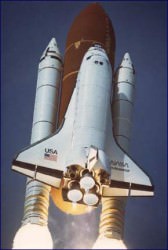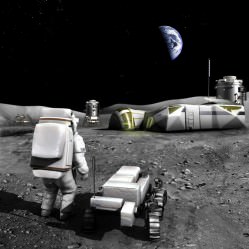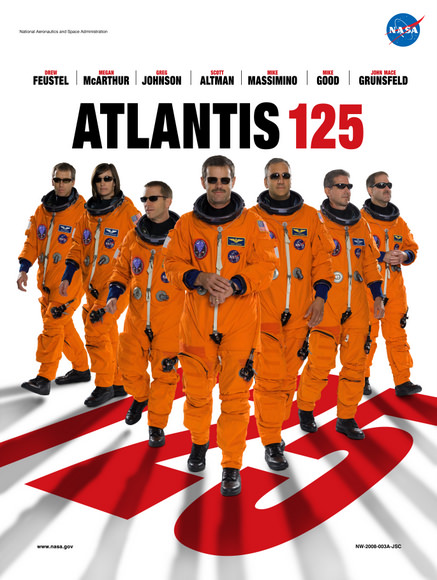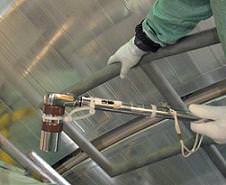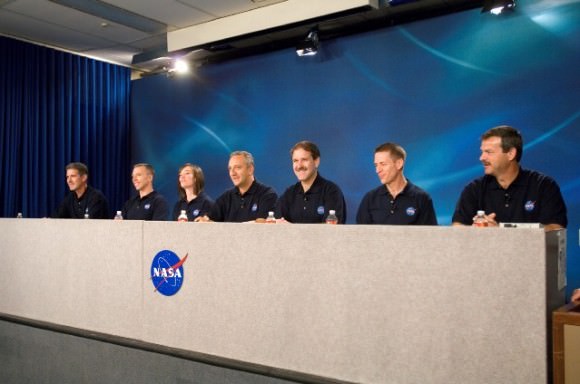[/caption]
The Hubble Space Telescope kept throwing curveballs at spacewalking astronauts on Friday, but with more elbow grease and a “if at first you don’t succeed, try again” attitude they were able to accomplish all the objectives for the second EVA of the repair mission. In what turned out to be the 8th longest spacewalk in US history, Mike Massimino and Mike Good replaced six gyroscopes – two wouldn’t fit, so spares had to be used — and four batteries. Both jobs were top priorities for the mission, and will give Hubble the power and control it needs to keep going until at least 2014, hopefully longer.
To start off the spacewalk, there were some tense moments when Massimino’s communication system didn’t work, and for about two minutes no one could hear him. “That was a little scary,” Good said after communication was reestablished.
Replacing the gyroscopes was the first task, and a big requirement for the mission. Three of the old gyroscopes no longer worked, and two others had been having problems recently.
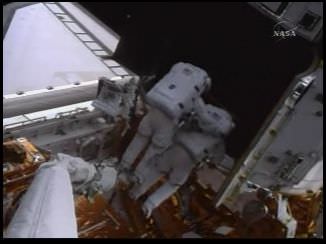
Massmino, who is over 6 feet tall, squeezed inside Hubble to begin removing the old gyros. “Trained my whole life for this,” he said.
The old gyroscopes came out with no problems, but two of the new ones didn’t “seat” correctly and couldn’t be bolted in. Two spares were retrieved and installed, but by the time the gyroscope task was completed, five hours had ticked by on the spacewalk. At one point later on in the EVA, the astronauts “plugged in” to get more oxygen to make sure they had enough for the rest of the lengthy excursion outside the shuttle.
The support crew inside the shuttle tried to keep things light to encourage the two spacewalkers. “My friend Leonidas has a couple of words for you guys that are appropriate right now,” shuttle commander Scott Altman told the spacewalkers, referring to the ancient Spartan king. “Remember this day, men, for it will be yours for all time.”
“We’ve got a little more work to do, but thanks,” Massimino replied.
Next on the agenda was replacing the huge batteries, which weigh over 500 lbs each. As the spacewalkers successfully finished that task, astronaut John Grunsfeld radioed, “Great job guys. Batteries ARE included on this flight!”
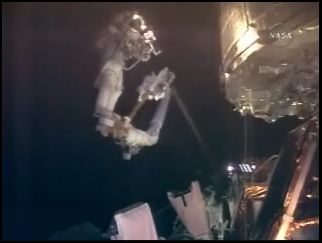
Three more batteries will be replaced in an EVA next week.
The spacewalk ended after 7 hours and 56 minutes, surpassing another spacewalk back in 1993 to replace gyroscopes on Hubble.
“Every day has been ‘hold your breathe’ on this mission,” said Dave Leckrone, HST Senior Scientist at a press briefing following the EVA. “That points to the complexity of the observatory and what it takes to maintain it.”
On Saturday, the third spacewalk of the mission will replace the Cosmic Origins Spectrograph, and repair the Advanced Camera for Surveys. This will be the first time a repair — and mot just a replacement — of a Hubble instrument in space will be attempted.

